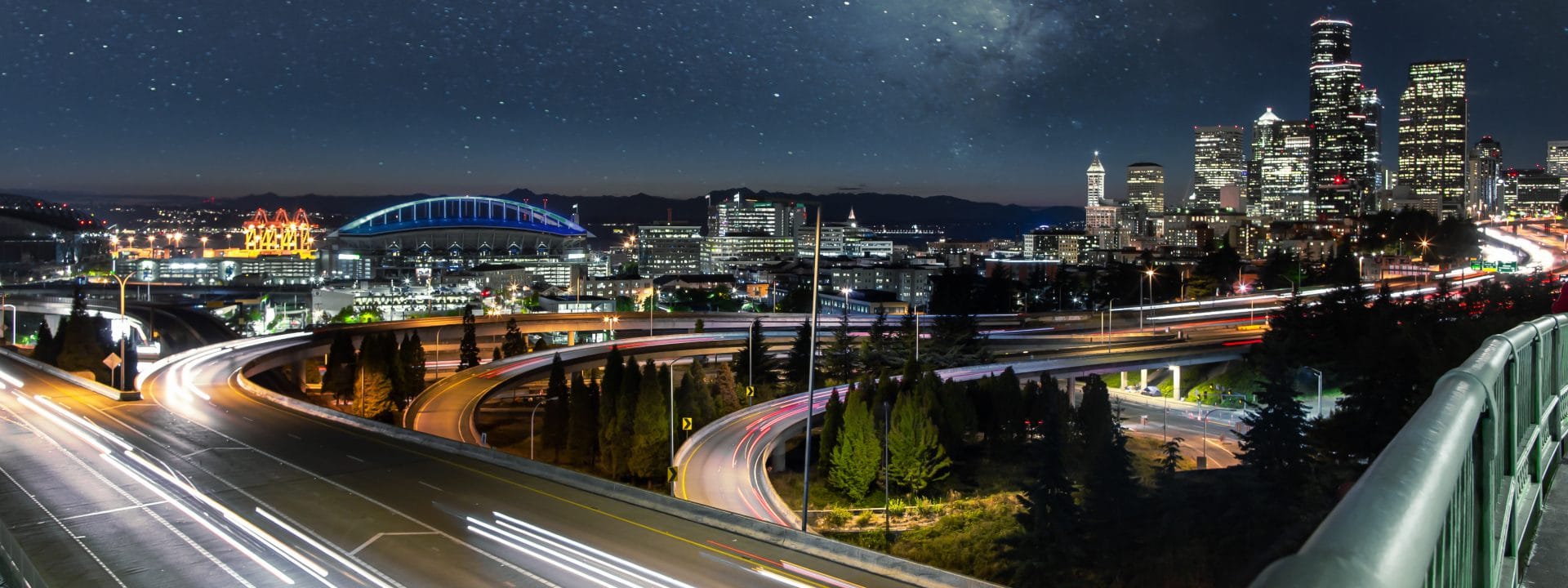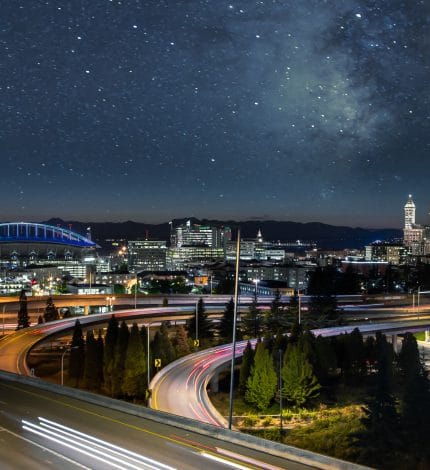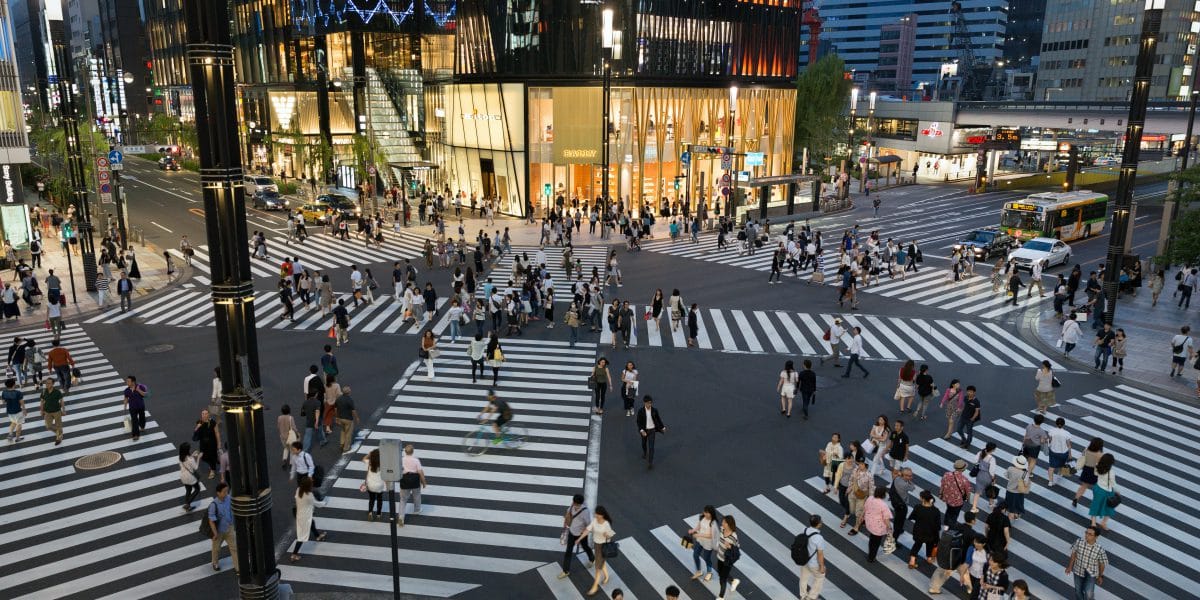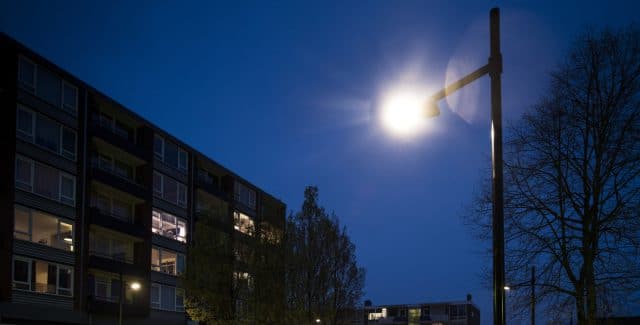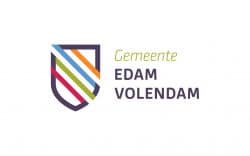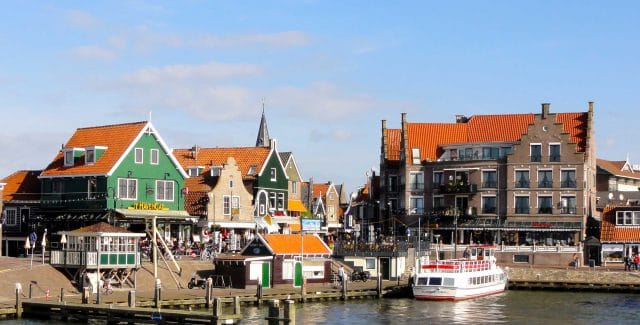Illuminate when and where needed
If you take a closer look at the different areas and districts of a municipality, you will see that several lighting functions are desired.
Therefore, in addition to cost control and energy saving purposes, there are functional policy goals to which smart lighting can contribute. For example, improving safety on the street and reducing light nuisance. These functional goals form the base when choosing a smart lighting system.
